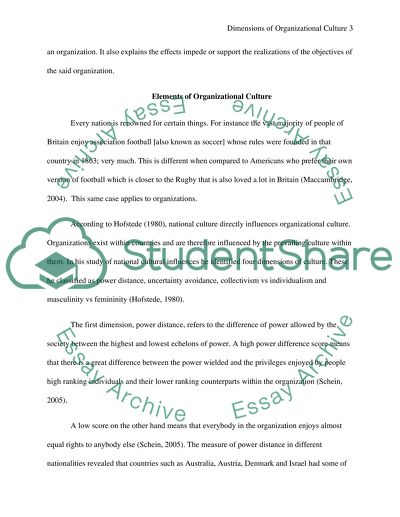Cite this document
(“Dimensions of national culture Essay Example | Topics and Well Written Essays - 2000 words”, n.d.)
Retrieved from https://studentshare.org/environmental-studies/1414670-dimensions-of-national-culture
Retrieved from https://studentshare.org/environmental-studies/1414670-dimensions-of-national-culture
(Dimensions of National Culture Essay Example | Topics and Well Written Essays - 2000 Words)
https://studentshare.org/environmental-studies/1414670-dimensions-of-national-culture.
https://studentshare.org/environmental-studies/1414670-dimensions-of-national-culture.
“Dimensions of National Culture Essay Example | Topics and Well Written Essays - 2000 Words”, n.d. https://studentshare.org/environmental-studies/1414670-dimensions-of-national-culture.


